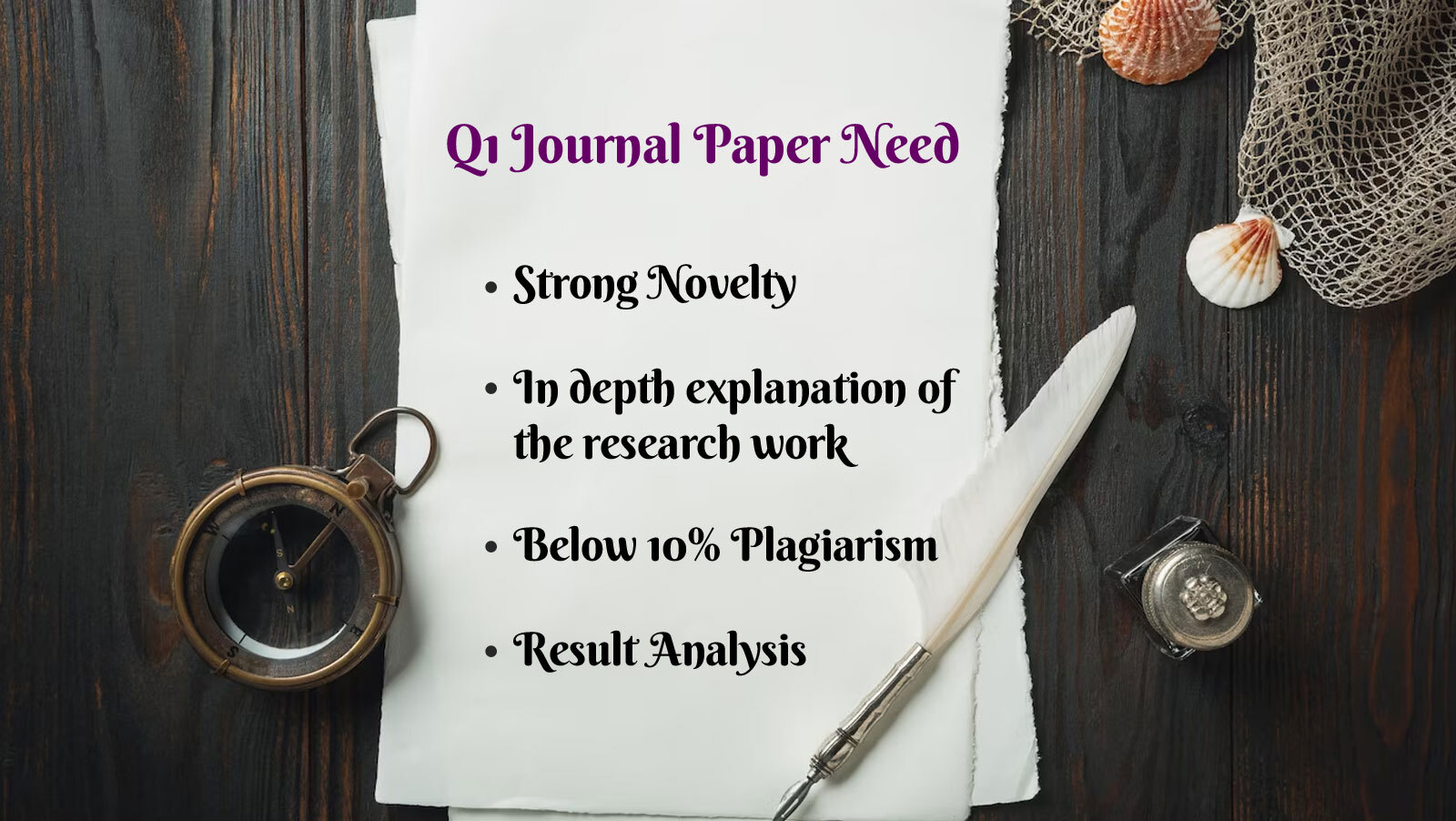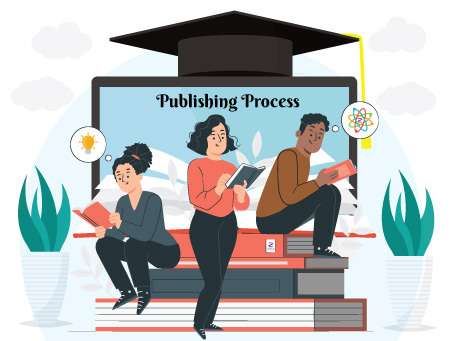“Our desires are to understand your research aspires.”
Welcome to Zonduo Technology – Your No. 1 Guide to Q1 Journals. Are you a researcher or academic professional to publish your work in top-tier journals? Don’t look any other assistances.. At Zonduo Technology, we provide valuable insights and some important resources to help you complete your academic studies without any obstacles.
Q1 Journal represents the "first quartile", indicating the top 25% of a particular subject area. These evaluations are typically updated on an annual basis and follow a three or four year cycle, meaning that are evaluated based on their performance over the past three or four years. Q1 Journals list Rating is based on several elements.
Various organizations rate academic journals, and the university administration has established a standard whereby a journal will be recognized as Q1 Journals list only if it receives a Q1 rating from all three of the following rating groups:
Q1 Journals denotes the top 25% of the Impact factor distribution
Q2 denotes middle high Position (between 25%-50% of the Impact factor distribution)
Q3 denotes middle low position (between 50%-75% of the Impact factor distribution)
Q4 denotes the lowest position (bottom 25% of the Impact factor distribution)

The Q1 Journal List 2024 serves as a standard for academic excellence. It consists of journals that have demonstrated exceptional quality and impact in their respective fields. For researchers, having their work published in Q1 journals signifies recognition and validation of their contributions to the scholarly community.
Publishing in Q1 journals offers numerous benefits for researchers, including:
There are many ways to find quartile of the each journal. Standardly we choose two websites there are,

Find the Q1 through Scimago contain following steps,
To determine a journal's ranking in Scopus, follow these steps:
Note that Scopus denotes a journal's quartile based on percentiles. Specifically, percentiles 100 to 70 are considered Q1 Journals, 74 to 50 are considered Q2, and so on..

Publishing in a Q1 journal can have significant benefits for an academic career. Here are some of the reasons why publishing in a Q1 journal is significant:
The citation impact factor of a journal is used to determine its quartile ranking, including Q1 ranking. Here are the steps to calculate the citation impact factor for Q1 journals based on the provided search results:
Researchers can find Q1 journals in their specific field of study by considering the following methods:
Publishing a research paper in a Q1 journal can be an exciting experience. However, it is important to understand the publishing process to increase your chances of success. Here are some key steps to follow:







Identify the journal:
It's very important to determine the specific journal for which you want to check the Q1 impact index. You may already know the name of the journal or need to search for it based on your research interests.
Access academic databases:
You need to utilize academic databases such as Web of Science, Scopus, PubMed, or Google Scholar.
Search for the journal:
Always prefer to use the search function within the academic database to find the journal you're interested in. Just enter the full name of the journal or use keywords related to your research topic to narrow down the search results.
Review journal metrics:
Once you've located the journal, go to to its profile or homepage within the database. Just look for information related to journal metrics, including its quartile position (Q1, Q2, Q3, or Q4) and impact factor.
Verify quartile position:
Check if the journal is listed in the first quartile (Q1) of its respective category or field. This indicates that the journal is among the top 25% of journals in terms of impact and influence within its discipline and relevant field.
Consult multiple sources:
It's mostly advisable that you need to consult with multiple academic databases and sources to verify the Q1 status of a journal and ensure accuracy and reliability of the information.
By following these steps and utilizing academic databases effectively, then you can check the Q1 journal impact index and also you need to make very important decisions about where to publish your research or access high-quality scholarly content as well.